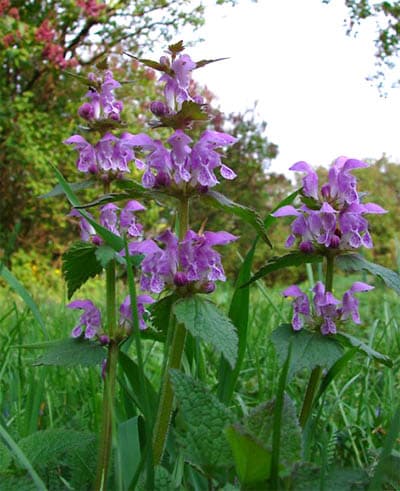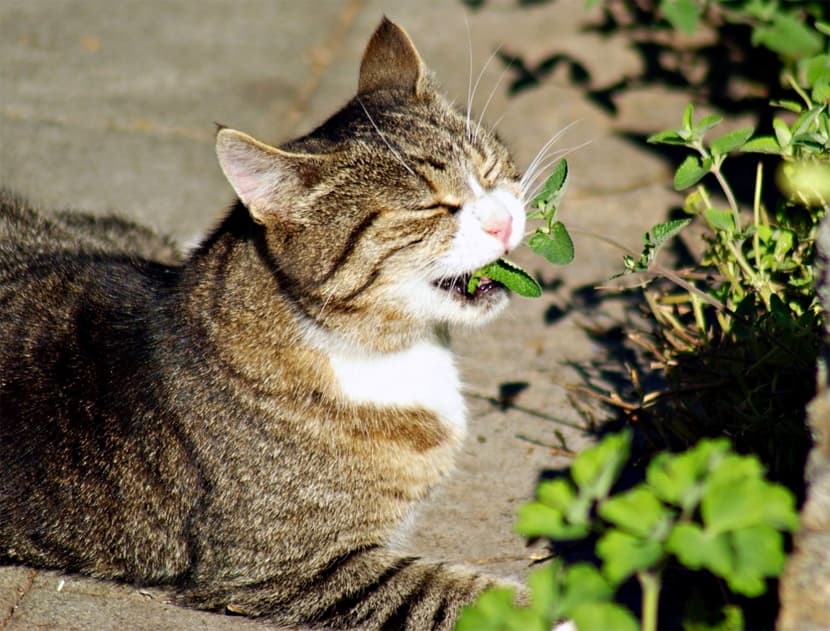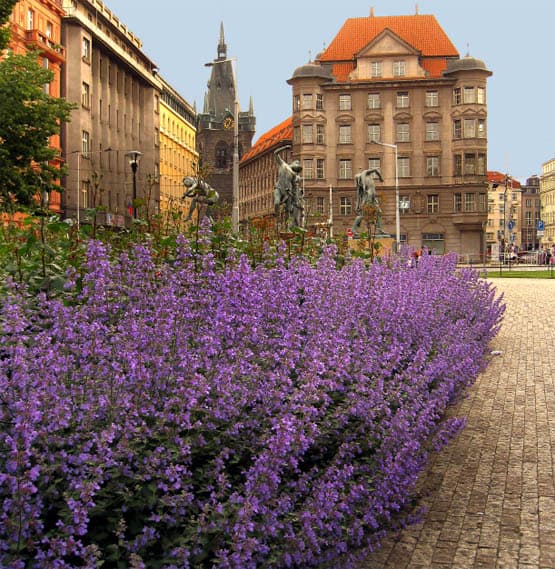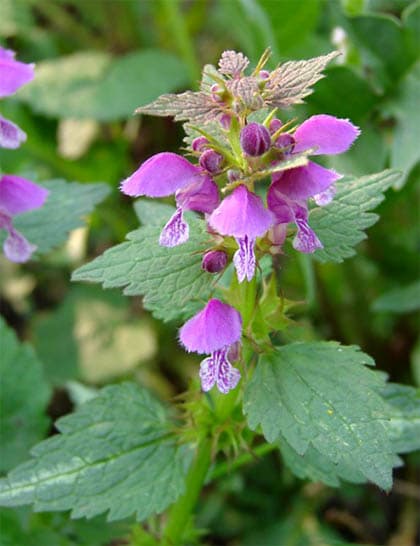A perennial plant with a lemon scent and a spicy-bitter taste, 40-120 cm high. Sowing in mid-May to a depth of 1-2 cm. Blooms in July-August.
It has a pungent, pleasant odor reminiscent of lemon balm. This plant is also called Catmint because its strong aroma attracts cats in the same way as the smell of valerian...
In frosty winters it can freeze slightly, but is easily restored because it self-sows abundantly.

* Herbs (stems, leaves, flowers) harvested in June-August are used for medicinal purposes.
The chemical composition of the plant has not been studied enough. However, it is known that the plant contains essential oil, which includes citral, geraniol, citronellol.
In folk medicine, catnip infusion is used for exhaustion, anemia, to improve appetite, for constipation, chronic gastritis, shortness of breath, headaches, restless sleep, for biliary and gastrointestinal colic and as an anthelmintic.
Externally, the infusion of the herb is used to wash small wounds, in the form of compresses for boils and abscesses.
Catnip decoction is drunk for chronic bronchitis and gastric diseases, hysteria, melancholy, and menstrual irregularities.
Catnip essential oil is used in the perfume industry. 2 teaspoons of dry herb per 1 glass of boiling water, leave for 40-50 minutes in a sealed container, strain. Take 1/2 cup 3-4 times a day 20 minutes before meals for angina, headaches, and stomach cramps.
Location: grows well in a sunny, warm place.
Soil: dry, fresh. Does not tolerate heavy soils!
Care: apply mineral fertilizers. After the first flowering in July, cut the plant in half; it will bloom again and grow more compactly.
Reproduction: by division and cuttings in May. Can also be propagated by seeds. Sow in April for seedlings or in May in open ground. When grown by seedlings, plants bloom in the year of sowing. Seeds germinate in 14-20 days at +18+22°C. From sowing to flowering it takes 12-16 weeks.
Application: excellent plant for flower beds, borders, rockeries. Attracts beneficial insects to the garden. All parts of it are fragrant. Suitable for growing in pots and other containers, as well as for roof landscaping.
Partners: Achillea, Anaphalis, Lavandula, Phlomis, Salvia, Santolina.



Catnip, catmint, catnep. Pharm.: herba catariae, herba nepetae. Bot. syn.: Cataria vulgaris Moench., Nepeta cataria ssp. citrina.












